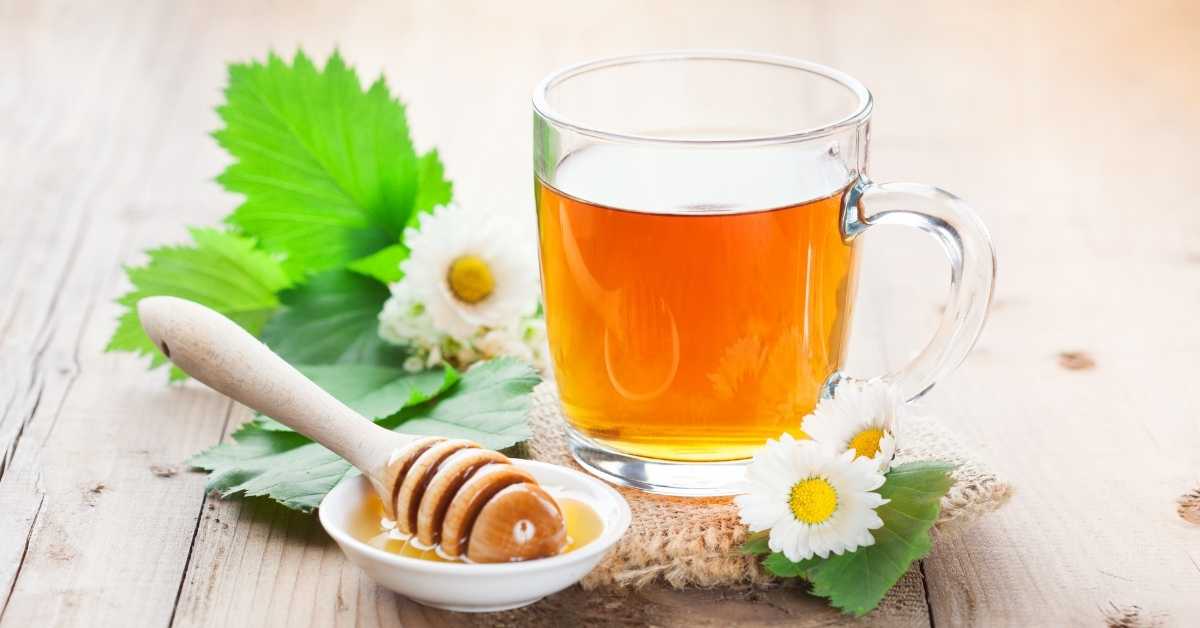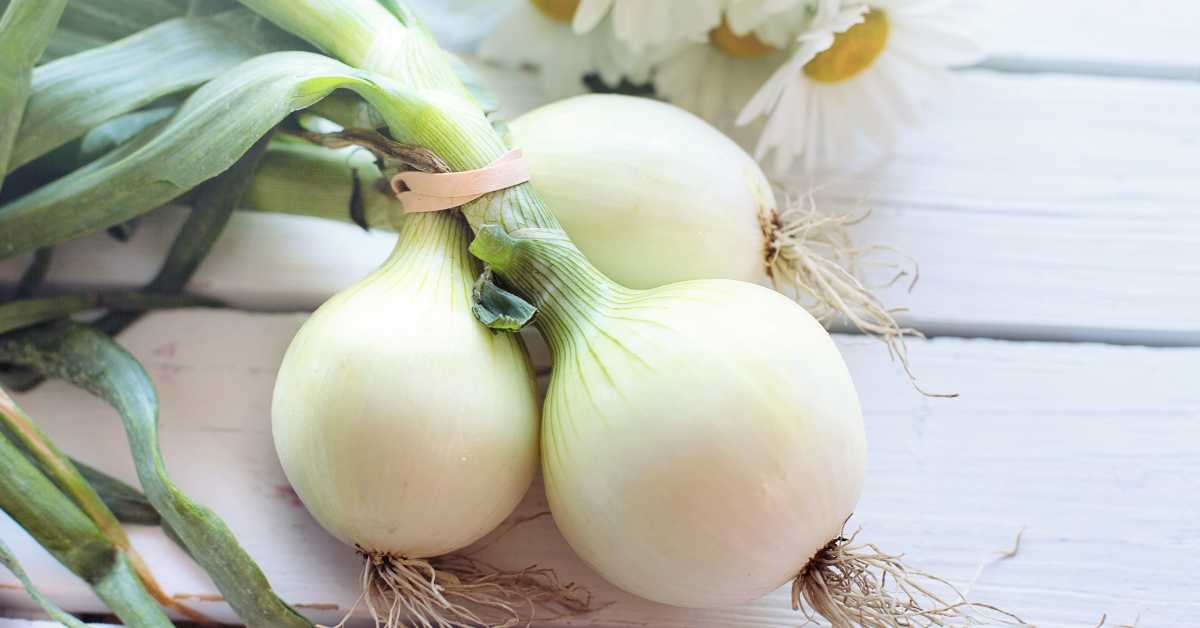When you wake up with a sore throat, it isn’t just uncomfortable, it’s a warning sign that a full-blown upper respiratory infection may be brewing! This article discusses spices that you likely have in your kitchen that can be made into a delicious sore throat tea with anti-inflammatory, infection-fighting, and pain-relieving properties. Read on to learn more about these spices and find the recipe we depend on in my home to soothe sore throats and fight off looming upper respiratory infections.
Cinnamon
Cinnamon is a warming herb with pain-relieving, immunomodulating, antiviral, antimicrobial, and antifungal properties. It’s even being looked at as a treatment for Covid-19. Taking advantage of cinnamon’s benefits is as easy as adding a stick of cinnamon to a pot of soup or tea or adding a small spoon of cinnamon powder to a smoothie, pudding, or porridge.
Cloves
Cloves are commonly used for pain relief and many of us are familiar with clove oil for dental pain or teething. Cloves are also potently immune-stimulating, antiviral, antibacterial, and antifungal. Though I like clove oil topically for tooth or gum pain, I don’t recommend taking clove oil internally. Instead, add some cloves to tea (see my recipe below).
Ginger
Spicy ginger is a potent herbal anti-inflammatory and is great at relieving pain and fighting infection. The fresh or dried root can be added to soups, stews, stir-fries, smoothies, and teas. When upper respiratory infections spread throughout my family, I add ginger wherever possible. For example, I often add an inch of ginger root to my healing chicken soup recipe.
Black Pepper
Black pepper contains a molecule called piperine which acts as a bioenhancer of many medicines. It boosts the absorption and bioavailability of zinc, iron, calcium, turmeric, cannabis, ibuprofen, and likely others that have yet to be studied. On its own, black pepper also has pain relieving, anti-inflammatory, immunomodulating, and antioxidant properties. Black pepper is very pungent and only a small amount is needed to get the benefits. Sprinkle a small pinch into soups, stews, or smoothies.
Star Anise*
Star anise is a strong antiviral herb. It is the source of the molecule shikimic acid, the precursor to oseltamivir (Tamiflu), a conventional treatment for influenza and possibly for Covid-19. Star anise is calming, infection-fighting, anti-inflammatory, pain relieving, and antioxidant. This spice has a licorice-like flavor and goes well in sore throat teas. It is also one of the key herbs in Vietnamese pho broth.
*Star anise tea is not safe for children under 2 years of age. Avoid strong infusions during pregnancy and lactation. Food level consumption of star anise (e.g. in pho) is safe and has been enjoyed by countless generations of mothers and their little ones.
Optional Sweetener For Accelerated Healing: Honey*
Honey is a delicious sweetener and potent medicine. Special medicinal molecules in honey can fight infection, reduce inflammation, and heal many different diseases. Honey can be stirred into teas, made into herb-infused remedies, or taken by the spoonful. In my home, we most commonly consume honey stirred into herbal teas, but sometimes I’ll give the kids a small spoonful to soothe a particularly sore throat.
To get the most health-promoting properties of honey, don’t use grocery store brands that may be watered down or otherwise adulterated. Instead, search for honey at local farmers markets or buy manuka honey, which is especially good for healing.
*Honey is not safe for children under 12 months.
Optional Herbal Elixir Power-Ups
Any of the above spices can be made into a tea on their own or blended together as I describe in the sore throat tea recipe below. When my family isn’t feeling well, I like to add an extra layer of healing power to our herbal teas by enriching them with herbal extracts.
Sore Throat Spice Tea Blend
To make your own infection-fighting and throat-soothing spice tea, raid your spice cabinet for any of the above spices that serve as food and medicine. Add them to a large pot of water, bring to a boil, then reduce heat and simmer for 10 minutes or more. Sweeten with honey and add milk if desired. Serve warm with love.
Covering the pot while the tea is simmering will trap the volatile oils in the tea, making it more potent. Leaving the pot uncovered while simmering will allow the oils to permeate your space, making your home smell amazing and giving a little immune boost to anyone who inhales them. Personally, I prefer to leave my spice tea uncovered while it is simmering.
You can create the perfect ratio of spices according to your own tastes and preferences. As a starting point, this is the approximate recipe that I use:
8 cups of filtered water
1-2 inches of ginger root
2-4 cinnamon sticks
5-10 cloves
1-3 black peppercorns (optional)
3-5 star anise pods (not for children under 2)
The flavor of this sore throat tea recipe is reminiscent of masala chai from India. For a more authentic version of masala chai, check out this article that includes history, culture, and chai-making techniques. Masala chai typically includes black tea. If caffeine is alright for you or your kids (depending on age and time of day), don’t hesitate to add some black tea to the mix. It will also aid in preventing and treating viral infections.
Summary
Many spices found in our kitchens have medicinal qualities. A delicious and healing tea for sore throats can be made from any combination of ginger, cinnamon, black pepper, star anise, and cloves. Sweetening with honey, blending with black tea, and adding an herbal extract are ways to increase the healing power of any sore throat tea blend.
References:
Venkatesh, S., Durga, K. D., Padmavathi, Y., Reddy, B. M., & Mullangi, R. (2011). Influence of piperine on ibuprofen induced antinociception and its pharmacokinetics. Arzneimittel-Forschung, 61(9), 506–509. https://doi.org/10.1055/s-0031-1296235
Bukhari, I. A., Pivac, N., Alhumayyd, M. S., Mahesar, A. L., & Gilani, A. H. (2013). The analgesic and anticonvulsant effects of piperine in mice. Journal of physiology and pharmacology : an official journal of the Polish Physiological Society, 64(6), 789–794.
Izgelov, D., Domb, A. J., & Hoffman, A. (2020). The effect of piperine on oral absorption of cannabidiol following acute vs. chronic administration. European journal of pharmaceutical sciences : official journal of the European Federation for Pharmaceutical Sciences, 148, 105313. https://doi.org/10.1016/j.ejps.2020.105313
Pawar, K. S., Mastud, R. N., Pawar, S. K., Pawar, S. S., Bhoite, R. R., Bhoite, R. R., Kulkarni, M. V., & Deshpande, A. R. (2021). Oral Curcumin With Piperine as Adjuvant Therapy for the Treatment of COVID-19: A Randomized Clinical Trial. Frontiers in pharmacology, 12, 669362. https://doi.org/10.3389/fphar.2021.669362
Yadav, S. S., Singh, M. K., Hussain, S., Dwivedi, P., Khattri, S., & Singh, K. (2022). Therapeutic spectrum of piperine for clinical practice: a scoping review. Critical reviews in food science and nutrition, 1–28. Advance online publication. https://doi.org/10.1080/10408398.2021.2024792
Nag, A., & Chowdhury, R. R. (2020). Piperine, an alkaloid of black pepper seeds can effectively inhibit the antiviral enzymes of Dengue and Ebola viruses, an in silico molecular docking study. Virusdisease, 31(3), 308–315. https://doi.org/10.1007/s13337-020-00619-6
Vicidomini, C., Roviello, V., & Roviello, G. N. (2021). Molecular Basis of the Therapeutical Potential of Clove (Syzygium aromaticum L.) and Clues to Its Anti-COVID-19 Utility. Molecules (Basel, Switzerland), 26(7), 1880. https://doi.org/10.3390/molecules26071880
Batiha, G. E., Alkazmi, L. M., Wasef, L. G., Beshbishy, A. M., Nadwa, E. H., & Rashwan, E. K. (2020). Syzygium aromaticum L. (Myrtaceae): Traditional Uses, Bioactive Chemical Constituents, Pharmacological and Toxicological Activities. Biomolecules, 10(2), 202. https://doi.org/10.3390/biom10020202
Parham, S., Kharazi, A. Z., Bakhsheshi-Rad, H. R., Nur, H., Ismail, A. F., Sharif, S., RamaKrishna, S., & Berto, F. (2020). Antioxidant, Antimicrobial and Antiviral Properties of Herbal Materials. Antioxidants (Basel, Switzerland), 9(12), 1309. https://doi.org/10.3390/antiox9121309
Chang, J. S., Wang, K. C., Yeh, C. F., Shieh, D. E., & Chiang, L. C. (2013). Fresh ginger (Zingiber officinale) has anti-viral activity against human respiratory syncytial virus in human respiratory tract cell lines. Journal of ethnopharmacology, 145(1), 146–151. https://doi.org/10.1016/j.jep.2012.10.043
Kim, S., Cheon, C., Kim, B., & Kim, W. (2022). The Effect of Ginger and Its Sub-Components on Pain. Plants (Basel, Switzerland), 11(17), 2296. https://doi.org/10.3390/plants11172296
Rondanelli, M., Fossari, F., Vecchio, V., Gasparri, C., Peroni, G., Spadaccini, D., Riva, A., Petrangolini, G., Iannello, G., Nichetti, M., Infantino, V., & Perna, S. (2020). Clinical trials on pain lowering effect of ginger: A narrative review. Phytotherapy research : PTR, 34(11), 2843–2856. https://doi.org/10.1002/ptr.6730
Shen, Y., Jia, L. N., Honma, N., Hosono, T., Ariga, T., & Seki, T. (2012). Beneficial effects of cinnamon on the metabolic syndrome, inflammation, and pain, and mechanisms underlying these effects – a review. Journal of traditional and complementary medicine, 2(1), 27–32. https://doi.org/10.1016/s2225-4110(16)30067-0
Gruenwald, J., Freder, J., & Armbruester, N. (2010). Cinnamon and health. Critical reviews in food science and nutrition, 50(9), 822–834. https://doi.org/10.1080/10408390902773052
Yakhchali, M., Taghipour, Z., Mirabzadeh Ardakani, M., Alizadeh Vaghasloo, M., Vazirian, M., & Sadrai, S. (2021). Cinnamon and its possible impact on COVID-19: The viewpoint of traditional and conventional medicine. Biomedicine & pharmacotherapy = Biomedecine & pharmacotherapie, 143, 112221. https://doi.org/10.1016/j.biopha.2021.112221
Patra, J. K., Das, G., Bose, S., Banerjee, S., Vishnuprasad, C. N., Del Pilar Rodriguez-Torres, M., & Shin, H. S. (2020). Star anise (Illicium verum): Chemical compounds, antiviral properties, and clinical relevance. Phytotherapy research : PTR, 34(6), 1248–1267. https://doi.org/10.1002/ptr.6614
Donner, J., & Ruest, S. (2021). Neonate with Seizures After Consuming Star Anise Tea. Rhode Island medical journal (2013), 104(8), 8–10.
Ize-Ludlow, D., Ragone, S., Bruck, I. S., Bernstein, J. N., Duchowny, M., & Peña, B. M. (2004). Neurotoxicities in infants seen with the consumption of star anise tea. Pediatrics, 114(5), e653–e656. https://doi.org/10.1542/peds.2004-0058
Assiry, A. A., Karobari, M. I., Bhavikatti, S. K., & Marya, A. (2021). Crossover Analysis of the Astringent, Antimicrobial, and Anti-inflammatory Effects of Illicium verum/Star Anise in the Oral Cavity. BioMed research international, 2021, 5510174. https://doi.org/10.1155/2021/5510174
Al-Hatamleh, M., Hatmal, M. M., Sattar, K., Ahmad, S., Mustafa, M. Z., Bittencourt, M. C., & Mohamud, R. (2020). Antiviral and Immunomodulatory Effects of Phytochemicals from Honey against COVID-19: Potential Mechanisms of Action and Future Directions. Molecules (Basel, Switzerland), 25(21), 0. https://doi.org/10.3390/molecules25215017
Miguel, M. G., Antunes, M. D., & Faleiro, M. L. (2017). Honey as a Complementary Medicine. Integrative medicine insights, 12, 1178633717702869. https://doi.org/10.1177/1178633717702869
Khan, S. U., Anjum, S. I., Rahman, K., Ansari, M. J., Khan, W. U., Kamal, S., Khattak, B., Muhammad, A., & Khan, H. U. (2018). Honey: Single food stuff comprises many drugs. Saudi journal of biological sciences, 25(2), 320–325. https://doi.org/10.1016/j.sjbs.2017.08.004
Alvarez-Suarez, J. M., Gasparrini, M., Forbes-Hernández, T. Y., Mazzoni, L., & Giampieri, F. (2014). The Composition and Biological Activity of Honey: A Focus on Manuka Honey. Foods (Basel, Switzerland), 3(3), 420–432. https://doi.org/10.3390/foods3030420
Umeda, M., Tominaga, T., Kozuma, K., Kitazawa, H., Furushima, D., Hibi, M., & Yamada, H. (2021). Preventive effects of tea and tea catechins against influenza and acute upper respiratory tract infections: a systematic review and meta-analysis. European journal of nutrition, 60(8), 4189–4202. https://doi.org/10.1007/s00394-021-02681-2
Mhatre, S., Srivastava, T., Naik, S., & Patravale, V. (2021). Antiviral activity of green tea and black tea polyphenols in prophylaxis and treatment of COVID-19: A review. Phytomedicine : international journal of phytotherapy and phytopharmacology, 85, 153286. https://doi.org/10.1016/j.phymed.2020.153286
Zendehdel, A., Bidkhori, M., Ansari, M., Jamalimoghaddamsiyahkali, S., & Asoodeh, A. (2022). Efficacy of oseltamivir in the treatment of patients infected with Covid-19. Annals of medicine and surgery (2012), 77, 103679. https://doi.org/10.1016/j.amsu.2022.103679








